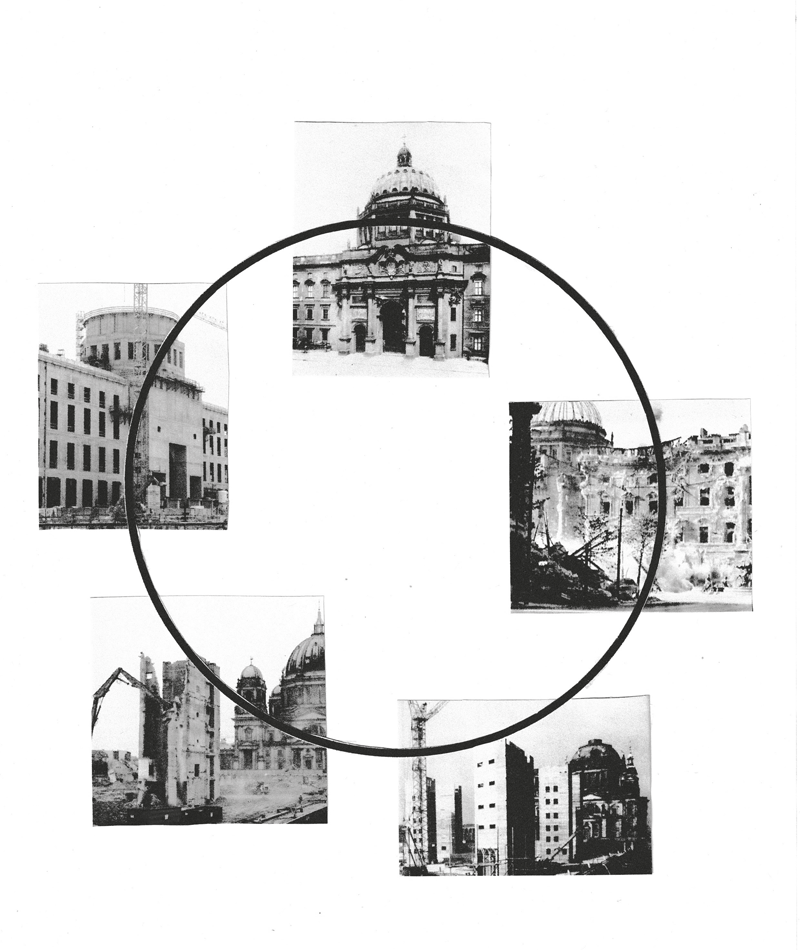Late Modernist architectural works are confronted with an ambivalent situation between heritage acknowledgement and physical destruction. The text aims to explain the growing interest in their protection as a natural evolution of monument preservation, yet simultaneously questions the effectiveness of current procedures regarding the specifics of the given architecture. The Mäusebunker case study illustrates an approach of institutionalized preservation in terms of an architectural strategy of adaptive reuse, focusing more on the preservation of principle than of the image. It presents a method of working with post-war architecture that focuses on its active engagement with contemporary life within the values of sustainability.
DOI: htpp://doi 10.31577/archandurb.2024.58.1-2.3

This work is licensed under a Creative Commons Attribution 4.0 International License





